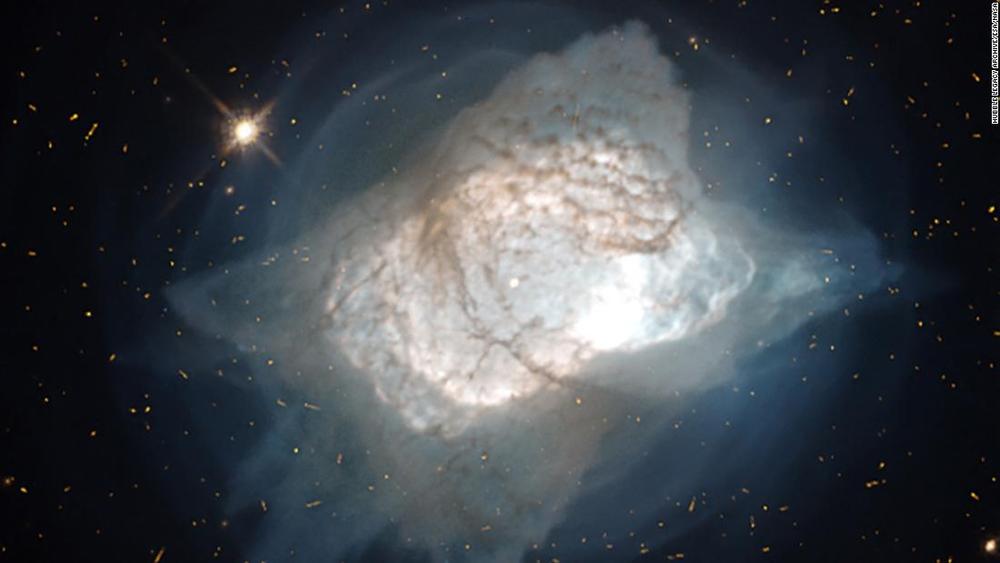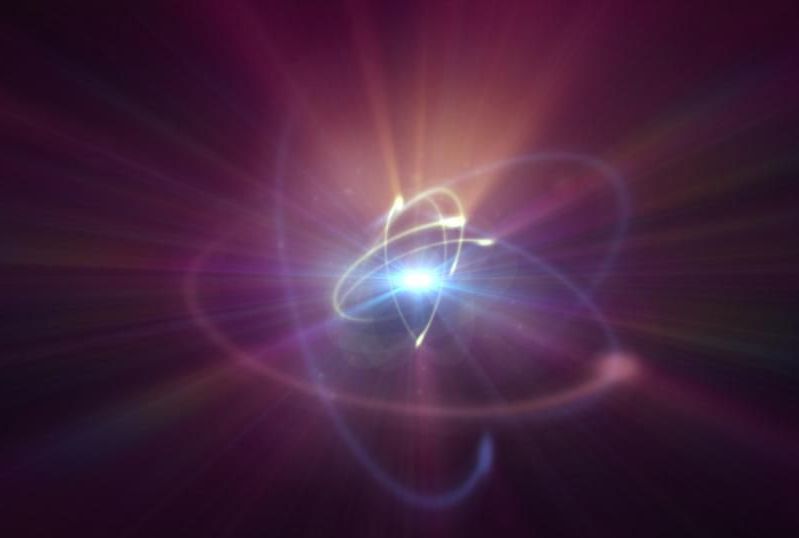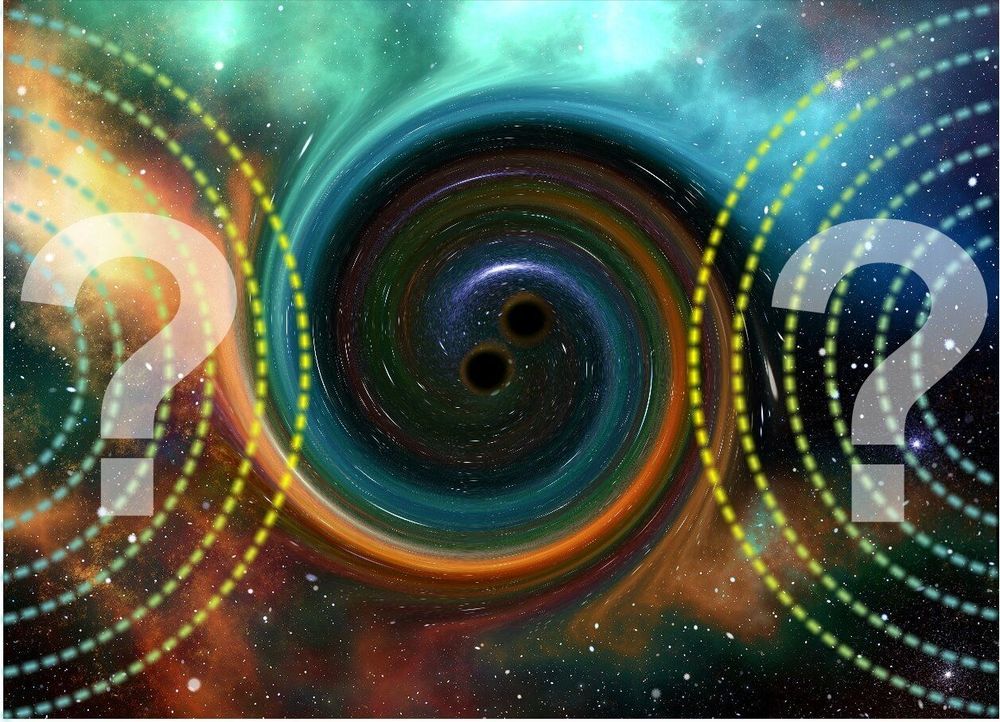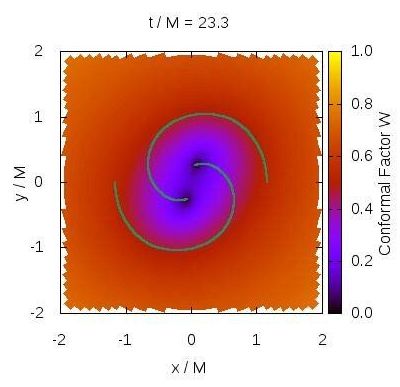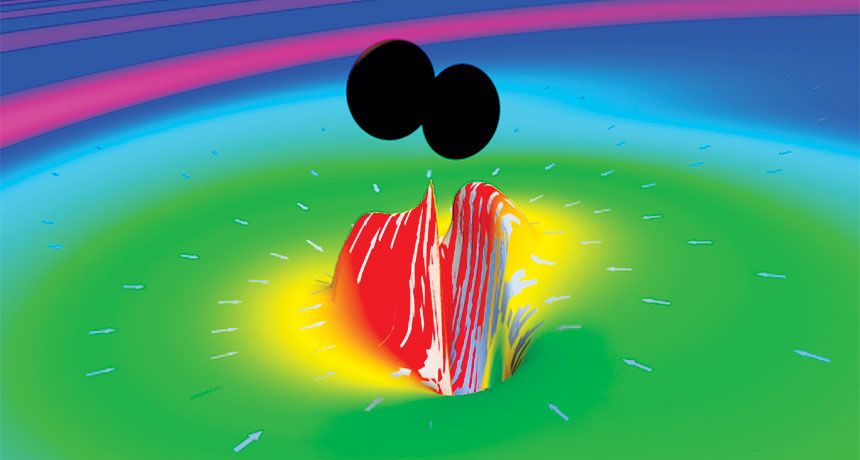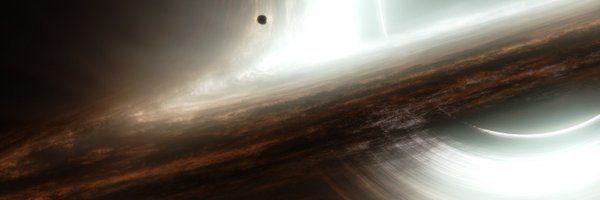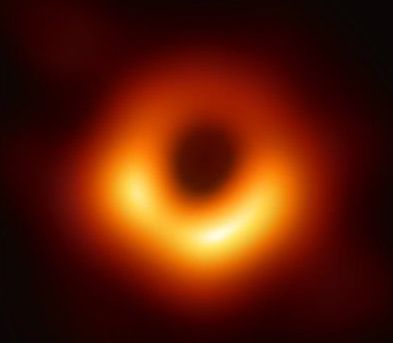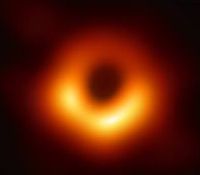Apr 18, 2019
Scientists have detected the earliest Big Bang molecule in space
Posted by Quinn Sena in categories: cosmology, particle physics
When the universe formed during the Big Bang 13.8 billion years ago, the chemical reactions of the aftermath formed the first molecules. Those first molecules were crucial in helping form everything we know, but they’re also absent.
And although HeH+, the helium hydride ion, has been proposed for years as that first molecule, scientists couldn’t find any evidence of its existence in space — until now. The findings were published Wednesday in the journal Nature.
After the Big Bang, HeH+ formed in a molecular bond when helium atoms and protons combined. Later, these would break apart into hydrogen molecules and helium atoms. Both elements are the two most abundant throughout the universe, with hydrogen first and helium second.
Continue reading “Scientists have detected the earliest Big Bang molecule in space” »
